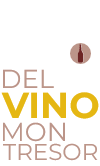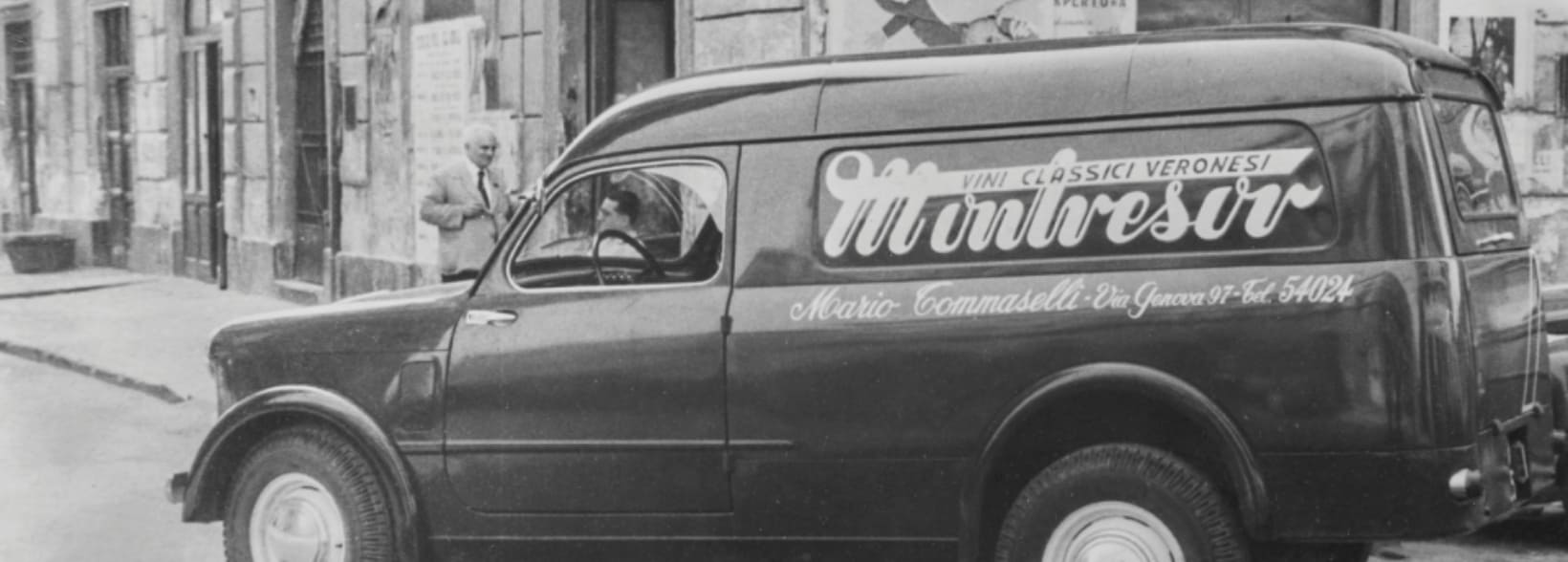
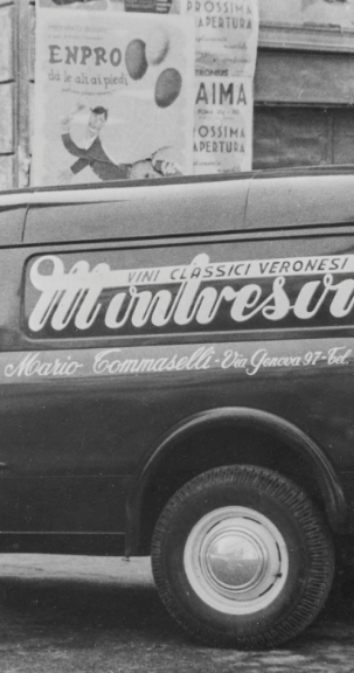
THE HISTORY
1600
It all began in the far 1600s, when Montresor family, having left France, settled in Verona in the countryside of Bussolengo. The history of Cantine Giacomo Montresor began more than two centuries later, in a much changed historical and cultural context.
Giacomo Montresor in those years decided to open a winery in Via XX Settembre, the important street that connects Porta Vescovo railway station to the city centre. In the basement, the building housed a small workshop for vinification and bottling, and on the ground floor, on the main street, the tavern where the wines were served to the public.
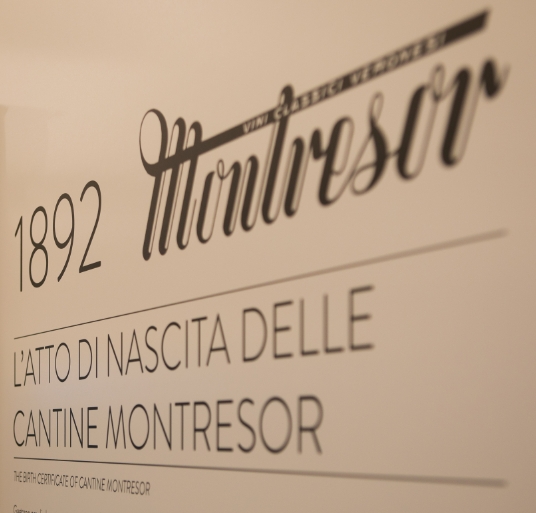
1892
1892 was the year that marked the birth of Cantine Giacomo Montresor, when Gaetano Montresor bought a small winery in the countryside west of the city and decided to name it after his son Giacomo. These were difficult years for vine cultivation because vine growers had to deal with phylloxera, a root parasite that at that time led to the extirpation of more than half of the hectares in our province.
1921
At the end of the First World War, prompted by Italians emigrating to North America, the demand for Veronese wines grew overseas. For Giacomo it was an enormous opportunity and he approached it as a pioneer by designing a light bottle, recalling the typical shape of a fiasco (typical Italian wine bottle) and able to protect the wine during the long ocean crossing: it was 1921 and the Satinata bottle (polished) was born, today an icon of our Cantina.
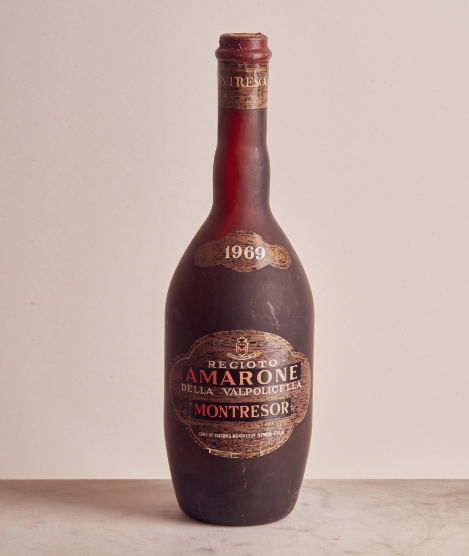

1930
The business grew and Giacomo Montresor decided to purchase a large plot of land on the edge of Valpolicella where in 1930 he built the Cantina where it is currently located. The new facility is larger and better equipped, with a large area of concrete vats and an underground barrel cellar for the finest wines.
1946
During the tragic years of the Second World War, the Cantina, in a strategic position for the defence of the Brenner railway line, was occupied by the German army and all production activity was suspended.
In 1946, after the liberation, everything changed: in Italy the referendum sanctioned the end of the monarchy and the birth of the Republic. Cantine Giacomo Montresor also restarted, led by the founder’s son, Bruno Montresor. In the same year, the first bottle of the forerunner of Amarone, Recioto Rustego Montresor, was also produced.
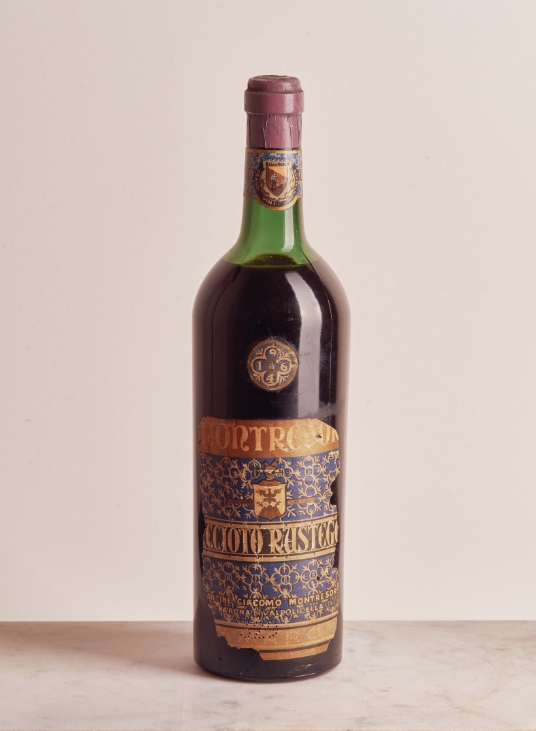
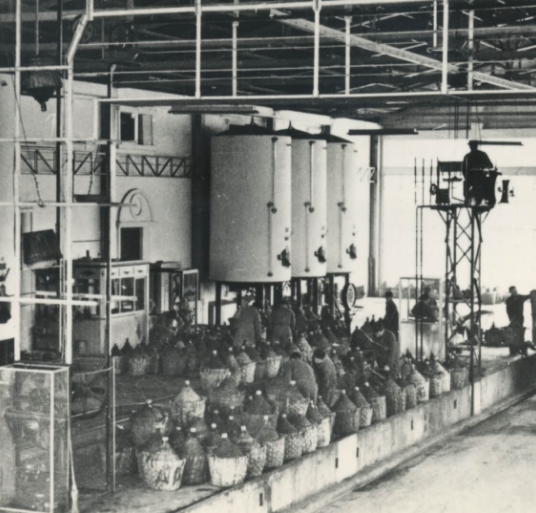
In the 1950s
In the 1950s the company enjoyed a very prosperous period thanks to the development of innovative oenological projects: for example, a new product was born, aimed mainly at young people: Montresor Aperitif known as Rosso del Cuore and forerunner of the spritz, a mixture of wine, oranges, absinthe, rhubarb and cinchona.
In 1958, Bruno Montresor, thanks to the various institutional positions he held and to his leadership of a company that at the time employed over 100 people, was appointed Commander by President of the Republic Gronchi.
During the years of economic boom, Verona, like many other cities in Italy, underwent considerable urban development and so the Cantina’s headquarters, once located in open countryside, was incorporated in the urban fabric.
Today
The constant growth of wine production in Italy, and in particular in Verona, the city with the largest number of vined hectares in the peninsula, led to the foundation of the first fair dedicated to this sector: it was 1967 and Vinitaly was taking its first steps.
Cantine Giacomo Montresor participated since the very first edition and for this, in 2016, it was awarded, among very few other Italian wine companies, for its fiftieth presence.
In those years, the Cantina’s wines portfolio reflects the heterogeneity that our territory and the technologies installed allow us: from the most identifiable Amarone della Valpolicella to still and sparkling wines. The winery continued its success story until 2018, when Terre Cevico and Cantine di Verona acquired shares in the company and became ambassadors of the legacy of Cantine Giacomo Montresor in the world with Montresor Heritage project.


1600
It all began in the far 1600s, when Montresor family, having left France, settled in Verona in the countryside of Bussolengo. The history of Cantine Giacomo Montresor began more than two centuries later, in a much changed historical and cultural context.
Giacomo Montresor in those years decided to open a winery in Via XX Settembre, the important street that connects Porta Vescovo railway station to the city centre. In the basement, the building housed a small workshop for vinification and bottling, and on the ground floor, on the main street, the tavern where the wines were served to the public.

1892
1892 was the year that marked the birth of Cantine Giacomo Montresor, when Gaetano Montresor bought a small winery in the countryside west of the city and decided to name it after his son Giacomo. These were difficult years for vine cultivation because vine growers had to deal with phylloxera, a root parasite that at that time led to the extirpation of more than half of the hectares in our province.

1921
At the end of the First World War, prompted by Italians emigrating to North America, the demand for Veronese wines grew overseas. For Giacomo it was an enormous opportunity and he approached it as a pioneer by designing a light bottle, recalling the typical shape of a fiasco (typical Italian wine bottle) and able to protect the wine during the long ocean crossing: it was 1921 and the Satinata bottle (polished) was born, today an icon of our Cantina.

1930
The business grew and Giacomo Montresor decided to purchase a large plot of land on the edge of Valpolicella where in 1930 he built the Cantina where it is currently located. The new facility is larger and better equipped, with a large area of concrete vats and an underground barrel cellar for the finest wines.

1946
During the tragic years of the Second World War, the Cantina, in a strategic position for the defence of the Brenner railway line, was occupied by the German army and all production activity was suspended.
In 1946, after the liberation, everything changed: in Italy the referendum sanctioned the end of the monarchy and the birth of the Republic. Cantine Giacomo Montresor also restarted, led by the founder’s son, Bruno Montresor. In the same year, the first bottle of the forerunner of Amarone, Recioto Rustego Montresor, was also produced.

In the 1950s
In the 1950s the company enjoyed a very prosperous period thanks to the development of innovative oenological projects: for example, a new product was born, aimed mainly at young people: Montresor Aperitif known as Rosso del Cuore and forerunner of the spritz, a mixture of wine, oranges, absinthe, rhubarb and cinchona.
In 1958, Bruno Montresor, thanks to the various institutional positions he held and to his leadership of a company that at the time employed over 100 people, was appointed Commander by President of the Republic Gronchi.
During the years of economic boom, Verona, like many other cities in Italy, underwent considerable urban development and so the Cantina’s headquarters, once located in open countryside, was incorporated in the urban fabric.

Today
The constant growth of wine production in Italy, and in particular in Verona, the city with the largest number of vined hectares in the peninsula, led to the foundation of the first fair dedicated to this sector: it was 1967 and Vinitaly was taking its first steps.
Cantine Giacomo Montresor participated since the very first edition and for this, in 2016, it was awarded, among very few other Italian wine companies, for its fiftieth presence.
In those years, the Cantina's wines portfolio reflects the heterogeneity that our territory and the technologies installed allow us: from the most identifiable Amarone della Valpolicella to still and sparkling wines. The winery continued its success story until 2018, when Terre Cevico acquired shares in the company and became an ambassador of the legacy of Cantine Giacomo Montresor in the world with Montresor Heritage project.

